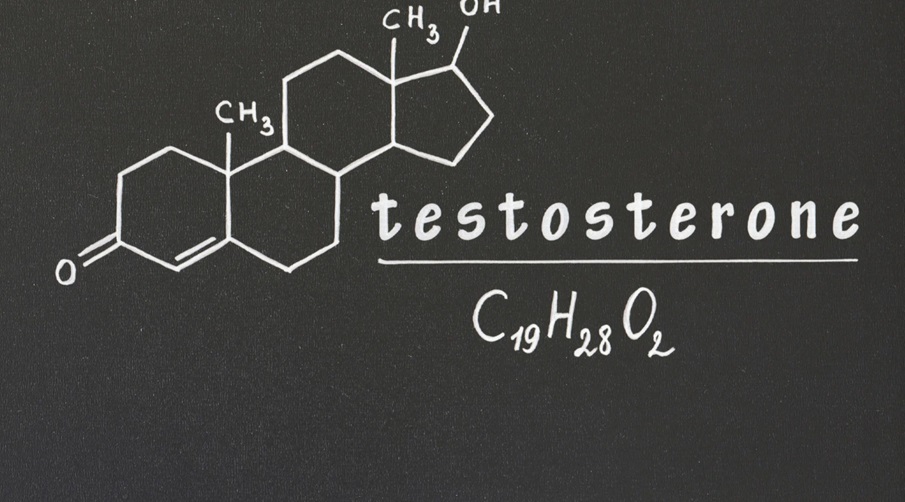Testosterone replacement therapy (TRT) has become a vital treatment option for men experiencing the effects of hormonal imbalance, such as fatigue, low libido, and mood changes. While many are turning to testosterone replacement therapy in Lakeland for relief, few understand the importance of proper monitoring throughout the treatment process. Without ongoing oversight, even a well-intentioned treatment can lead to complications or diminished results.
Understanding why consistent evaluation is necessary can make all the difference in achieving optimal outcomes.
What Makes Monitoring Crucial in TRT?
Once testosterone therapy begins, your body starts adjusting to the newly introduced hormone levels. Monitoring ensures that these levels remain within a safe and effective range. Without regular testing, there’s a risk of overcorrection, which can result in symptoms like acne, sleep apnea, or increased red blood cell count.
Monitoring also evaluates how your organs respond—especially your liver and cardiovascular system. This oversight helps detect early warning signs and adjusts dosage as needed to ensure safety and efficacy.
Personalized Care Requires Ongoing Adjustment
No two patients have identical hormone baselines or responses to therapy. That’s why initial dosages are often starting points, not fixed prescriptions. Regular assessments guide fine-tuning based on how your body reacts. Over time, adjustments may be required to maintain ideal balance and avoid side effects.
A well-monitored program will assess lab results alongside symptom relief to determine the correct therapeutic approach. This is why professionals emphasize choosing the best testosterone therapy clinic—an experienced provider ensures these crucial follow-ups are part of your treatment plan.
Long-Term Health Depends on Responsible Management
While testosterone therapy can improve energy, muscle mass, and sexual function, unmanaged hormone replacement may increase risks. Issues like high estrogen conversion or testicular shrinkage may arise if therapy is mismanaged or if secondary hormone levels aren’t monitored.
A thorough treatment plan includes monitoring other key indicators such as estradiol, hematocrit, and PSA levels to safeguard overall health. This balanced oversight promotes long-term benefits while minimizing potential harm.
Is TRT Right for Everyone?
Not every individual with low testosterone symptoms is a candidate for replacement therapy. Proper diagnosis, guided by medical evaluation and testing, is essential before beginning treatment. Furthermore, ongoing monitoring confirms that therapy remains appropriate and effective.
Some of the common signs to watch out for before considering TRT include persistent fatigue, decreased libido, difficulty concentrating, and mood instability. However, these symptoms alone are not enough—laboratory tests must validate low testosterone levels before any clinical intervention begins.
Conclusion
Testosterone replacement therapy can dramatically improve the quality of life for those with diagnosed hormone deficiencies—but only when managed with ongoing professional monitoring. From dosage adjustments to risk management, the role of regular assessments cannot be overstated. Whether you’re just starting TRT or continuing long-term treatment, staying vigilant with routine check-ins ensures safe, effective, and personalized care that supports your total well-being. Monitoring is not just a precaution—it’s a critical part of the treatment itself. Without it, patients may unknowingly expose themselves to hormonal imbalances, cardiovascular risks, or inadequate symptom relief. Through professional oversight, patients gain peace of mind knowing their therapy is tailored and responsive to their body’s needs. When done right, testosterone replacement therapy becomes a cornerstone of sustained vitality, confidence, and improved health.



